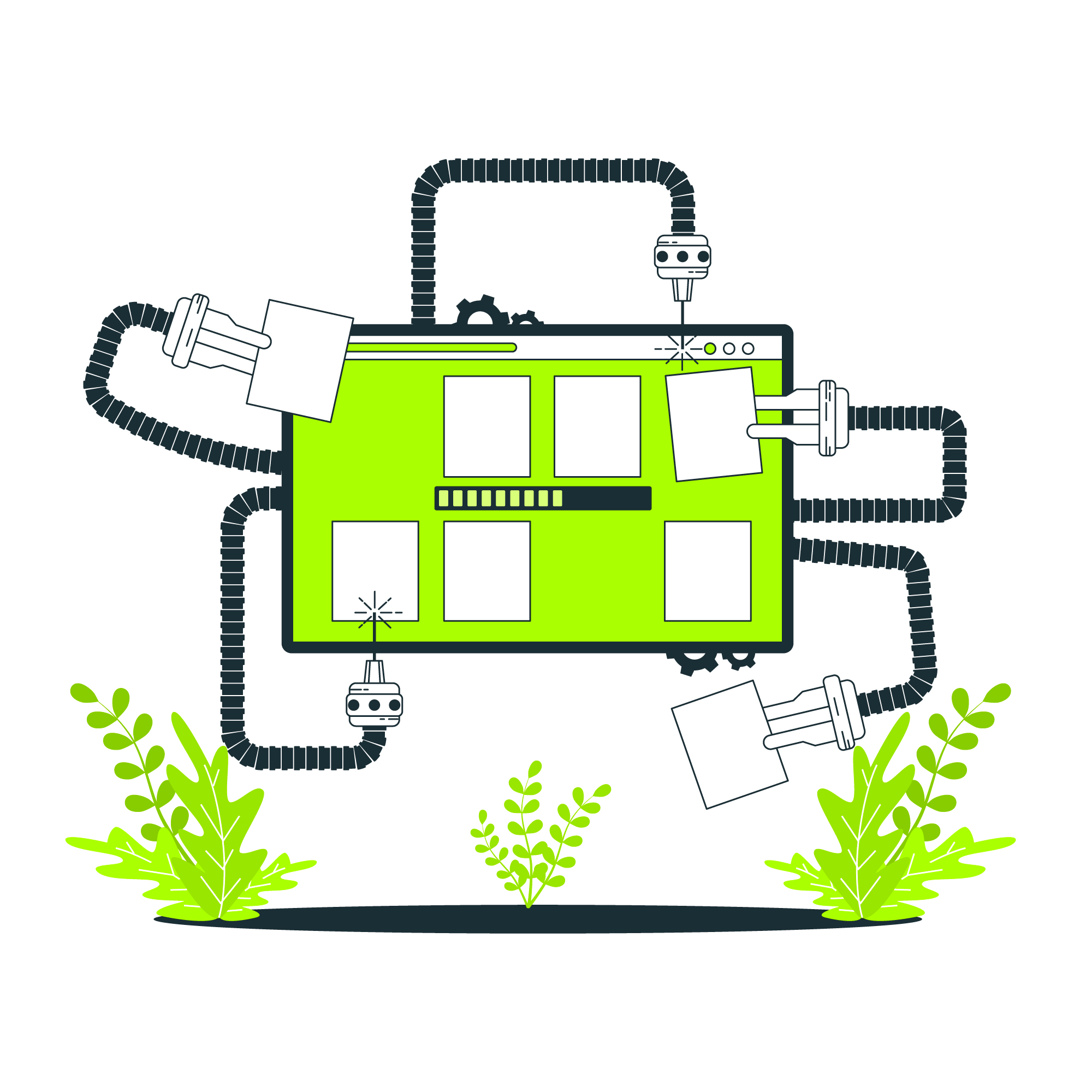Dr. Abdalla
CIRCUIT BREAKER SCHEMATIC DIAGRAMS AND TROUBLESHOOTING
Dr. Abdalla
CIRCUIT BREAKER SCHEMATIC DIAGRAMS AND TROUBLESHOOTING
:Price with Tax included
100
SAR
30 Hours -
5 Days
- 2025-01-31
- 8:0
- In person/online
Course description
Course Brief: A Circuit Breaker Schematic Diagrams and Troubleshooting course is designed to equip learners with the knowledge and skills required to understand, analyze, and troubleshoot circuit breaker systems. The course typically covers both theoretical concepts and hands-on practices related to circuit breakers used in electrical systems. This course is designed to provide you with a comprehensive understanding of how circuit breakers operate, their components, and how to interpret schematic diagrams. Additionally, you will gain practical skills for diagnosing and troubleshooting issues related to circuit breakers.
Course objectives
At the end of the program, participants will be able to:- Course Brief:
- A Circuit Breaker Schematic Diagrams and Troubleshooting course is designed to equip learners with the knowledge and skills required to understand, analyze, and troubleshoot circuit breaker systems. The course typically covers both theoretical concepts and hands-on practices related to circuit breakers used in electrical systems.
- This course is designed to provide you with a comprehensive understanding of how circuit breakers operate, their components, and how to interpret schematic diagrams. Additionally, you will gain practical skills for diagnosing and troubleshooting issues related to circuit breakers.
- At By the end of the course, participants will be able to:
- • Understand the basic functions, types, and components of circuit breakers.
- • Learn how to read and interpret schematic diagrams of circuit breakers.
- • Explore the control and protection circuits of circuit breakers.
- • Develop skills to troubleshoot malfunctioning circuit breakers.
- • Learn best practices for maintaining and repairing circuit breakers.
- • Gain proficiency in diagnosing complex circuit breaker issues.
- • Apply theoretical knowledge to practical troubleshooting scenarios.
Day 1: Introduction to Circuit Breakers
- o What is a Circuit Breaker?
- o Role of Circuit Breakers in Electrical Systems
- o Types of Circuit Breakers:
- Molded Case Circuit Breakers (MCCBs)
- Air Circuit Breakers (ACBs)
- Miniature Circuit Breakers (MCBs)
- Vacuum Circuit Breakers (VCBs)
- Oil Circuit Breakers (OCBs)
- SF6 Circuit Breakers
- o Components of Circuit Breakers
- Contacts, Arc Extinguishing Mechanisms
- Operating Mechanism (Manual vs. Automatic)
- Trip Units and Sensors
Day 2: Understanding Circuit Breaker Schematic Diagrams
- o Introduction to Electrical Schematics
- o Symbols and Notations Used in Circuit Breaker Diagrams
- Contacts, Coils, and Switches
- Relay and Trip Circuit
- o Key Components in Circuit Breaker Diagrams:
- Main Contacts
- Auxiliary Contacts
- Trip Circuit and Overload Protection
- o Interpreting Common Circuit Breaker Schematics
- Series, Parallel, and Series-Parallel Configurations
- Multi-pole Circuit Breakers
- o Reading Manufacturer’s Wiring Diagrams
- Circuit Breaker Control and Protection Circuits
- o Control Circuit Basics
- o Protection Circuits: Overload, Short-circuit, and Earth Fault Protection
- o Types of Tripping Mechanisms:
- Thermal, Magnetic, and Hybrid Tripping
- o Schematic Representation of Protection Circuits
- o Examples of Control Schematics for Specific Applications
Day 3: Troubleshooting Circuit Breakers
- o Common Circuit Breaker Failures:
- Failure to Trip
- Failure to Close
- Overheating
- Contact Wear and Arcing
- o Tools and Equipment for Troubleshooting
- Multimeter, Clamp Meter, Insulation Tester
- Circuit Breaker Testers
- o Step-by-Step Troubleshooting Procedure
- Visual Inspection and Preliminary Checks
- Electrical Testing of Contacts and Trip Mechanisms
- Diagnostics of Control Circuits
- o Safety Considerations During Troubleshooting
- Lockout/Tagout Procedures
- Personal Protective Equipment (PPE)
Day 4: Circuit Breaker Maintenance and Repair
- o Importance of Regular Maintenance
- o Routine Inspection and Testing
- o Cleaning and Lubrication Procedures
- o Replacing Worn or Damaged Components
- o Calibrating Trip Settings and Adjustment
- o Understanding Manufacturer Guidelines for Maintenance
- Advanced Circuit Breaker Troubleshooting Techniques
- o Advanced Fault Diagnosis: Thermal and Magnetic Protection
- o Troubleshooting in Large Power Systems
- o Identifying Faults in Tripping and Closing Mechanisms
- o Analyzing Circuit Breaker Performance under Load Conditions
- o Case Studies: Real-world Troubleshooting Scenarios
Day 5 : Case Studies and Hands-on Exercises
- o Hands-on Exercises with Various Types of Circuit Breakers
- o Interpreting Schematic Diagrams in Group Exercises
- o Real-life Troubleshooting Scenarios and Solutions
- o Q&A and Group Discussions



